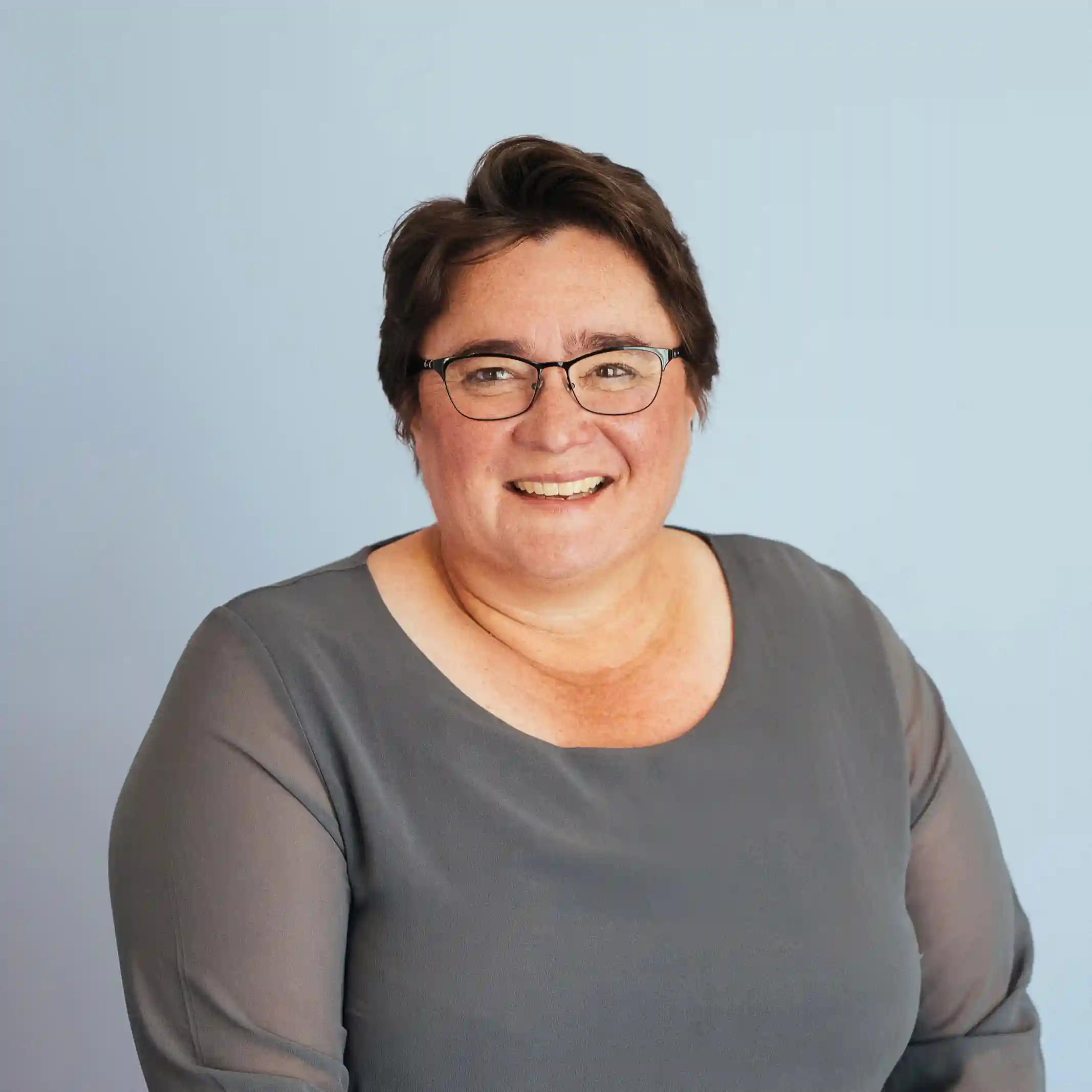
Meg Heffron
Managing Director
TRIS's have been excluded from the actuarial % calculation since 1 July 2017. While they are included once the member (say) turns 65 or retires, the process is not automatic. Without care, it’s possible that the TRIS will accidentally continue to be ignored.
Firstly it is worth noting that even at law, a TRIS only transitions automatically to retirement phase if the member turns 65. The other conditions of release (retirement, terminal medical condition or permanent incapacity) only result in a TRIS becoming a retirement phase pension if the member explicitly informs the trustee that the condition of release has been met.
More commonly, though, this paperwork has been completed (or will be!) and yet the TRIS still appears to be excluded from the actuarial calculation. There are two points to watch out for here.
Has the transition been correctly processed in the software?
The most common reason is that the major software providers require specific action within their packages to “tell the software” that the pension has become a retirement phase pension. This includes calculating the value of the relevant account balance at the date the change occurred (by carrying out a period update in Class or running the create entries feature in BGL). This makes perfect sense, it’s the only way the software (and therefore the actuary) can know:
- that the relevant paperwork has in fact been done (when the condition of release is retirement, terminal medical condition or permanent incapacity), and
- the value of the retirement phase pension when the transition occurred (relevant for both the actuarial certificate and the transfer balance account report (TBAR)).
Has the TRIS been correctly included but the % is being suppressed because this happened late in the year?
Our article “Why isn’t my actuarial % as high as I thought it would be?” explains that actuarial certificates are often confusing in the first year where a fund moves from 100% accumulation phase to a hybrid position – a combination of retirement phase pensions & accumulation accounts. The example provided was a fund that moved from 100% accumulation phase to 50/50 pension and accumulation accounts on 1 October. Instinctively, many of our actuarial certificate clients feel the % should be around 50% and applied to all investment income earned after 1 October. In fact, the % is calculated over the full year and will be closer to 37% because it is pulled down by the fact that the fund had only accumulation accounts at the start of the year.
The situation is often exactly the same for a fund with only TRIS accounts until 1 October and then one of the members retires and his or her TRIS converts to a retirement phase pension. Again, the ECPI for the whole year will be dragged down by the fact that none of the members’ accounts qualified for ECPI for the first three months of the year.
This has always been so for funds moving from 100% accumulation phase to a part pension state during the year but it happened less frequently. In the “old days” it was far more common for pensions (and ECPI) to start from 1 July. Even where a member reached preservation age during the year, they would often wait until the following 1 July to commence a pension (a TRIS). These days, a mid year conversion is common for two reasons:
- the conversion is automatic for those who turn 65 and birthdays don’t conveniently happen at the start of the year, and
- those with a TRIS already in place are usually keen to get their pension recognised for ECPI as soon as possible and so will inform the fund (and convert the pension to a retirement phase pension) as soon as they meet the retirement definition.
Need help answering complex SMSF queries? Why not sign up for a technical support package and have access to our expert Technical Services Team via a dedicated free number or via email. To sign up, click here.
This article is for general information only. It does not constitute financial product advice and has been prepared without taking into account any individual’s personal objectives, situation or needs. It is not intended to be a complete summary of the issues and should not be relied upon without seeking advice specific to your circumstances.



